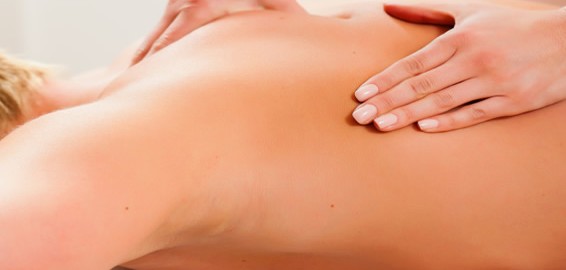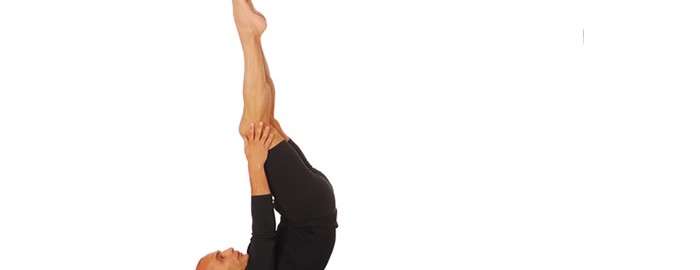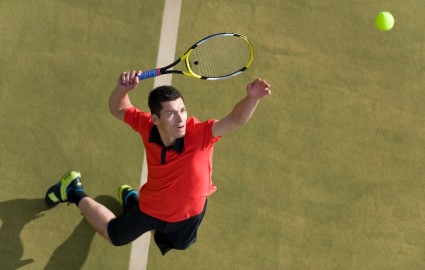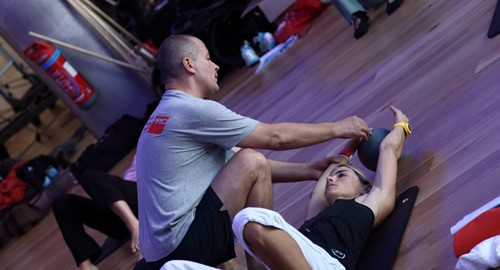Deep Friction Massage
A specific type of massage which increases the circulation to the area of treatment, at the same time as dispersing the metabolites which cause pain. It also helps to reduce adhesions and stimulate the correct alignment of scar tissue.






